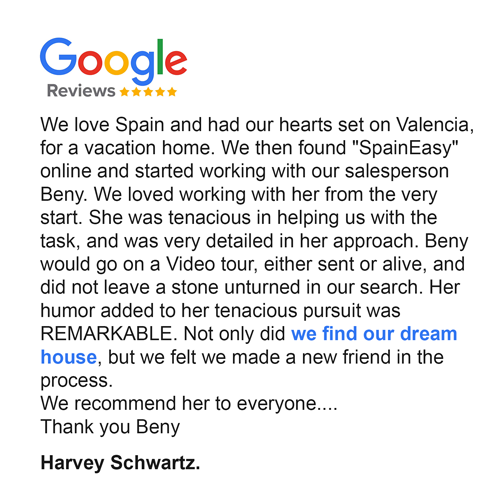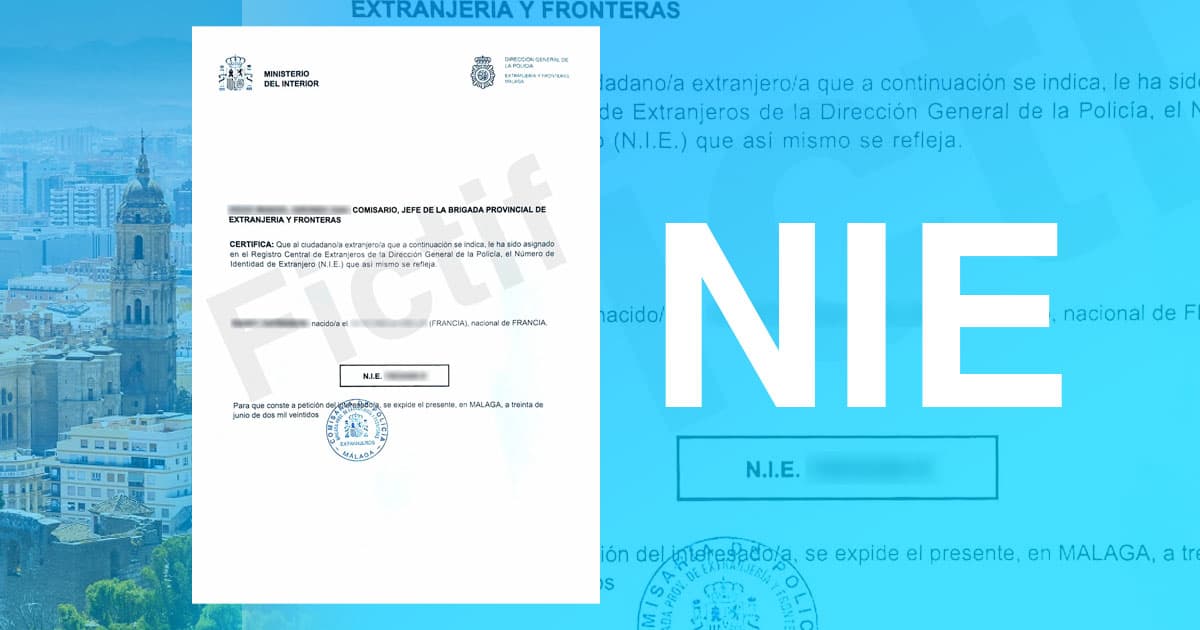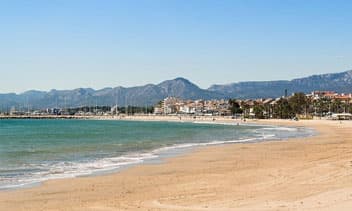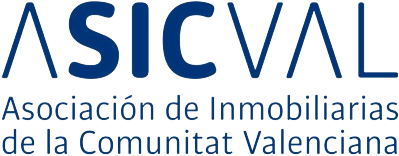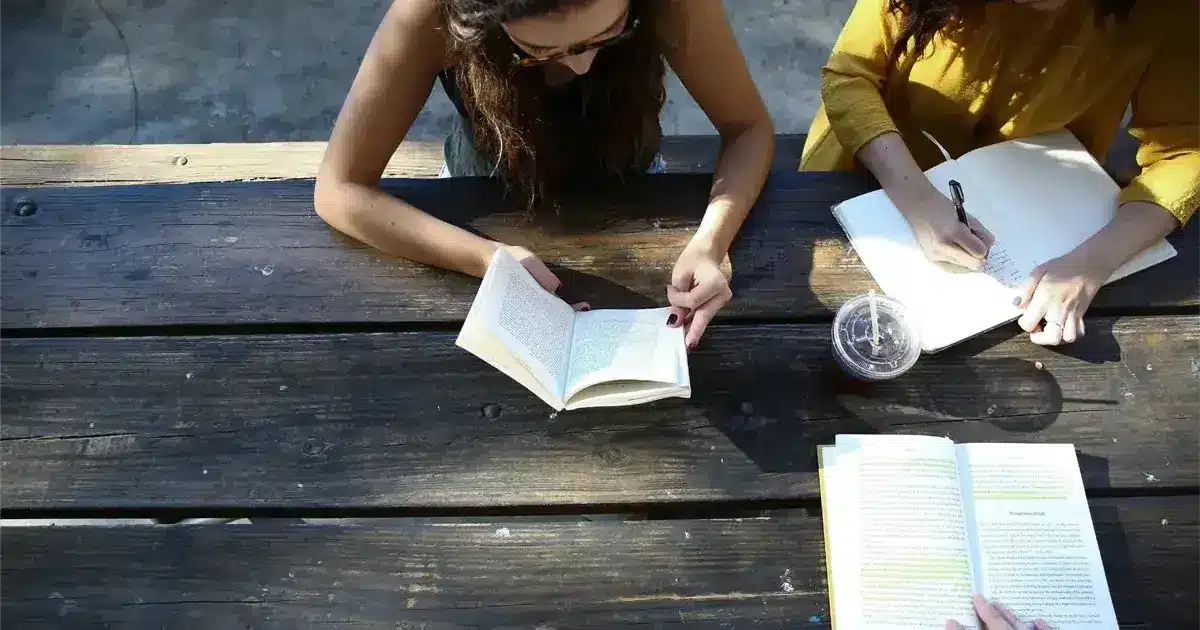
The Spanish School System (2025): Complete Guide for Expats
Last update: September 9, 2025
Reading time: 24.4 min
No Time to Read It All? Here’s the Quick Summary:
The Spanish school system is decentralized, with compulsory education from ages 6 to 16, though most children start free public preschool at age 3. Families can choose between:
-
Public schools: free, local catchment-based, taught in Spanish or regional languages.
-
Concertado schools: semi-private with modest fees, often Catholic, usually bilingual.
-
Private schools: fully fee-paying, flexible curricula, smaller classes, rich extracurriculars.
-
International schools: IB, British, American, French, German; highest fees, best for continuity.
Key things to know:
-
Languages: Spanish everywhere, plus Catalan, Basque, Galician, or Valencian in co-official regions; many schools offer bilingual English-Spanish programs.
-
Enrollment: public/concertado schools use a spring application and points system; private/international schools admit directly, often with tests or interviews.
-
Costs: public ~€1,000/year (books, meals, activities), concertado ~€3,000, private €6,000–10,000, international €7,000–18,000.
-
Assessment: 0–10 scale, continuous evaluation, certificate at 16 (ESO), then Bachillerato + EBAU for university or Vocational Training (FP) for employment or further study.
-
Tips for expats: Visit schools, apply early (especially to international schools), and prepare documents like the NIE and padrón.
In short, Spain offers a wide range of schooling options for expat families, whether you want full cultural immersion or continuity with an international curriculum.
Why Expats Should Understand Spain’s School System Before Moving
Relocating to Spain with children involves much more than finding a new home or settling administrative paperwork. One of the most important decisions you’ll face is how and where your children will go to school. Understanding the Spanish education system in advance is key to ensuring a smooth transition, both academically and socially.
For expat families, the main challenges often revolve around three areas. First, the language of instruction, which can vary depending on the region and school type. In some areas, classes may be taught partly in Spanish and partly in a co-official regional language such as Catalan or Basque, while other schools offer bilingual programs with English. Second, the enrollment process can be complex for newcomers, especially in public and semi-public schools where places are allocated through a points system. Finally, the choice between local schools and international schools requires careful thought, as it impacts not only your child’s language acquisition and integration but also your family’s long-term plans, budget, and potential return to your home country.
This guide gives you a clear overview of how Spain’s school system works, what options are available, and how to navigate enrollment as an expat. For details about the school holiday calendar in Spain, we invite you to check our dedicated article on Spanish School Holidays 2025–2026 (internal link).
Overview of Spain’s Education System
A National Framework with Regional Autonomy
Spain’s school system combines a central structure with a high level of decentralization. The Ministry of Education defines the overall framework, including compulsory stages, subjects, and learning objectives. However, the 17 autonomous communities—such as Catalonia, Andalusia, Madrid, or the Basque Country—can adapt up to 40% of the curriculum. They also decide the language of instruction, adjust the school calendar, and implement local education policies. For expat families, this means the experience can vary significantly depending on where you live.
Compulsory Education from 6 to 16 Years
Education is mandatory for children between the ages of 6 and 16. This covers two main stages:
- Primary school (Educación Primaria) for ages 6–12
- Lower secondary school (ESO – Educación Secundaria Obligatoria) for ages 12–16
At the end of ESO, students receive the Graduado en Educación Secundaria, which allows them to continue to upper secondary (Bachillerato), vocational training, or enter the workforce.
Preschool: A Common Starting Point at Age 3
Even though compulsory schooling begins at 6, nearly all Spanish children start earlier. Public preschool (Educación Infantil) is free and widely accessible from age 3. This stage is divided into two cycles:
- First cycle (0–3 years): usually nurseries or daycare centers (guarderías), often fee-based with limited public places
- Second cycle (3–6 years): attached to primary schools, tuition-free in the public system, and almost universally attended
As a result, by the time children reach age 6, most have already completed three years of early education and are well adapted to the school environment.
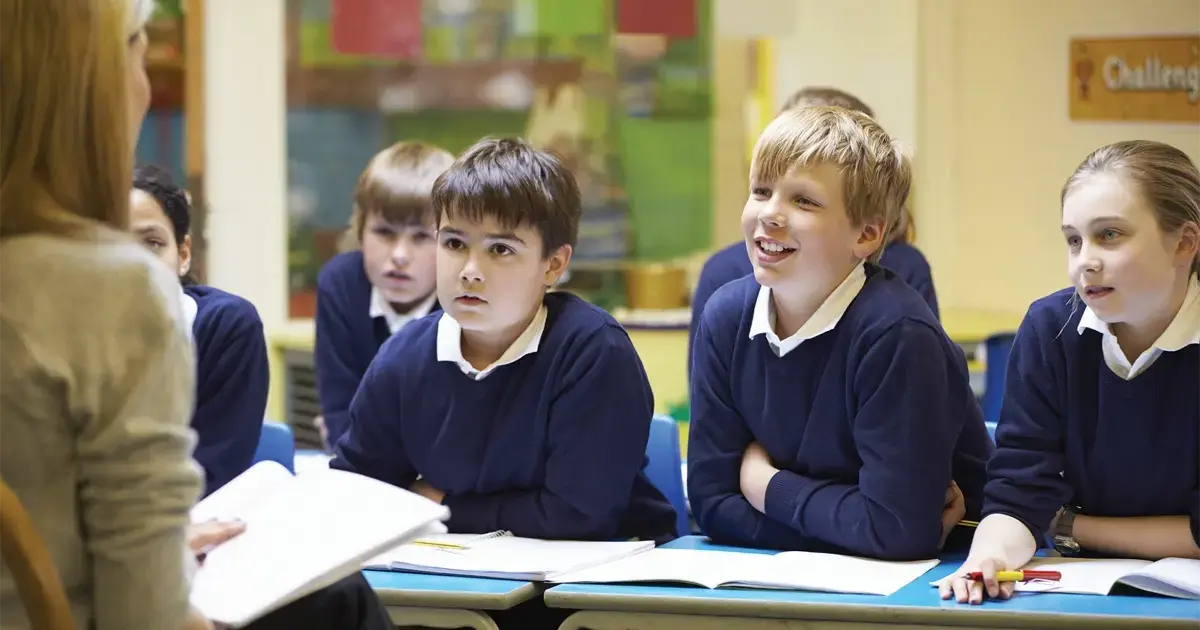
Education Levels and Age Equivalences
Main Stages of Education in Spain
The Spanish education system is divided into clearly defined stages, each with its own purpose and qualifications:
- Educación Infantil (0–6 years): Preschool, divided into two cycles. The 0–3 cycle is usually fee-based in nurseries, while the 3–6 cycle is free in public schools and almost universally attended.
- Educación Primaria (6–12 years): Primary school, covering six grades. Focus on core subjects such as Spanish language, mathematics, natural and social sciences, and a foreign language (often English).
- Educación Secundaria Obligatoria – ESO (12–16 years): Lower secondary school, equivalent to “middle school” or “junior high.” Completion grants the Graduado en ESO, the certificate required for further education.
- Bachillerato (16–18 years): Upper secondary education, optional but chosen by most students aiming for university. Students specialize in a track (sciences, humanities, social sciences, or arts). Completion allows access to the Selectividad/EBAU exam, required for university admission.
- Formación Profesional – FP (16+ years): Vocational training, divided into Basic FP, Intermediate (Grado Medio), and Advanced (Grado Superior). Provides practical skills and pathways into the workforce or higher education.
- Higher Education (18+ years): Universities and specialized institutions. Degrees follow the European Bologna model: Grado (Bachelor, 4 years), Máster (Master, 1–2 years), and Doctorado (PhD).
Diplomas and Key Milestones
- Graduado en ESO: awarded at age 16, marks completion of compulsory education.
- Título de Bachillerato: awarded at 18 after two years of upper secondary education.
- Selectividad / EBAU: entrance exam required for Spanish universities.
- Vocational diplomas: Intermediate and Advanced FP certificates that can also lead to employment or university.
Age and Grade Equivalences: Spain, UK, and US
The following table shows how Spanish grades correspond to the UK and US systems. It is especially useful for expat families planning continuity of education or transfers between systems.
| Age | Spain | UK | US |
|---|---|---|---|
| 3–5 | Infantil (2nd cycle, preschool) | Nursery / Reception | Preschool / Kindergarten |
| 6 | 1º Primaria | Year 2 | Grade 1 |
| 7 | 2º Primaria | Year 3 | Grade 2 |
| 8 | 3º Primaria | Year 4 | Grade 3 |
| 9 | 4º Primaria | Year 5 | Grade 4 |
| 10 | 5º Primaria | Year 6 | Grade 5 |
| 11 | 6º Primaria | Year 7 (start secondary) | Grade 6 (middle school) |
| 12 | 1º ESO | Year 8 | Grade 7 |
| 13 | 2º ESO | Year 9 | Grade 8 |
| 14 | 3º ESO | Year 10 | Grade 9 (high school freshman) |
| 15 | 4º ESO | Year 11 | Grade 10 (sophomore) |
| 16 | 1º Bachillerato / FP Básica | Year 12 | Grade 11 (junior) |
| 17 | 2º Bachillerato / Grado Medio | Year 13 | Grade 12 (senior) |
| 18+ | University / FP Superior | Higher Education | College / University |
Source :
Eurydice – Europe ·
NCES – USA
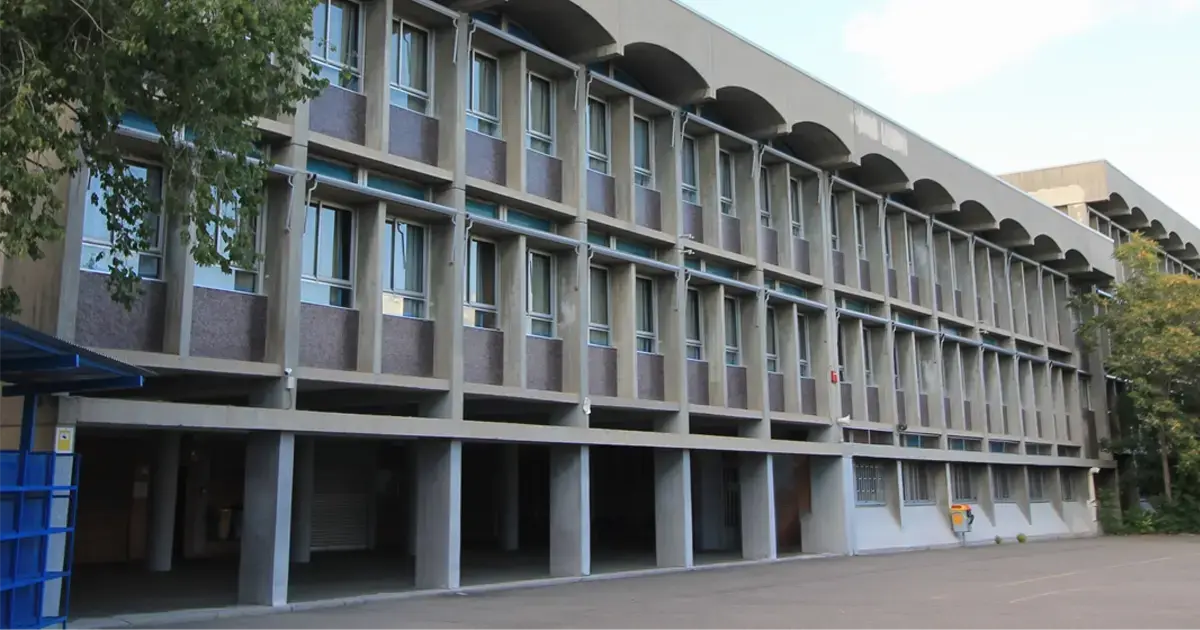
Types of Schools in Spain
Spain offers a diverse range of schooling options, each with its own funding model, admissions process, and suitability for expat families. Understanding the differences between public, concertado, private, and international schools will help you choose the right fit for your child.
Public Schools (Colegios Públicos)
Public schools are fully funded by the state and therefore free to attend. Families only pay for materials, meals, and extracurricular activities. Admission is based on a points system managed by the regional government, with priority given to children living nearby or with siblings already enrolled. The language of instruction depends on the region: Castilian Spanish in most areas, but Catalan, Basque, Galician, or Valencian in bilingual regions. Public schools are the most popular option for Spanish families and are ideal for long-term expats seeking full integration.
Concertado Schools (Colegios Concertados)
These schools operate under a mixed funding model: part state-subsidized, part privately funded. Parents contribute a monthly fee, usually moderate compared to private schools. Many concertado schools are run by Catholic organizations, though they are open to all students. They follow the national curriculum, often enhanced with bilingual programs in English or other languages. Class sizes are sometimes smaller than in public schools, and facilities can be better maintained.
Private Schools (Colegios Privados)
Private schools receive no state funding and are financed entirely by tuition fees. They have greater freedom to design curricula, introduce alternative teaching methods, and offer a wide range of extracurricular activities. Most are bilingual or even trilingual, with English commonly used alongside Spanish. Admissions are handled directly by the school, often requiring an application, interviews, or placement tests. While fees are significantly higher than in public or concertado schools, many families value the personalized attention and additional resources.
International Schools
International schools are popular among expat families looking for continuity with their home country’s system. They offer foreign curricula such as the British system (GCSEs and A-levels), American High School Diploma with AP courses, French curriculum (AEFE network), German Abitur, or the International Baccalaureate (IB). Instruction is typically in English, French, or German, with Spanish taught as a second language. Fees are the highest of all options, often ranging from €7,000 to €18,000 per year, plus enrollment costs. These schools are particularly attractive for short-term expats or families planning future moves abroad.
Comparison Table of School Types
| Criteria | Public | Concertado | Private | International |
|---|---|---|---|---|
| Funding | 100% state-funded | Part state, part private | 100% private | 100% private (foreign/IB accreditations) |
| Average Cost | Free (books, meals, transport extra) | €50–200/month | €6,000–10,000/year | €7,000–18,000/year |
| Curriculum | Spanish national curriculum | Spanish national with enhancements | Flexible, often bilingual/trilingual | British, American, French, German, IB |
| Language of Instruction | Spanish or regional (Catalan, Basque, etc.) | Spanish, often bilingual with English | Spanish + English (sometimes other) | Mainly English, French, or German; Spanish as 2nd language |
| Best For | Long-term expats seeking cultural integration | Families wanting quality + moderate fees | Families seeking smaller classes and enriched programs | Short-term expats, global mobility, university abroad |
Funding
Public: 100% state-funded
Concertado: Part state, part private
Private: 100% private
International: 100% private (foreign/IB)
Average Cost
Public: Free (books, meals, transport extra)
Concertado: €50–200/month
Private: €6,000–10,000/year
International: €7,000–18,000/year
Curriculum
Public: Spanish national curriculum
Concertado: Spanish national with enhancements
Private: Flexible, bilingual/trilingual
International: British, American, French, German, IB
Language of Instruction
Public: Spanish or regional (Catalan, Basque, etc.)
Concertado: Spanish, often bilingual with English
Private: Spanish + English (sometimes other)
International: Mainly English, French, German; Spanish as 2nd language
Best For
Public: Long-term expats seeking cultural integration
Concertado: Families wanting quality + moderate fees
Private: Families seeking smaller classes and enriched programs
International: Short-term expats, global mobility, university abroad
Source :
Ministerio de Educación – Spain ·
Expatica – Schools in Spain
Enrollment Process for Expat Families
Public and Concertado Schools
Enrollment in public and concertado schools follows a centralized process managed by each autonomous community. Applications usually open in the spring (April–May) for the following September. Parents must list their preferred schools in order of priority on a regional application form.
When demand exceeds available places, schools use a points system to allocate seats. Points are awarded based on factors such as:
- Having siblings already enrolled in the school
- Living or working close to the school
- Being part of a large family or having special circumstances (disability, foster care, etc.)
Families with the highest points get priority, and results are typically announced in early summer.
Required Documents
To apply for a public or concertado school, expat families generally need:
- NIE (Número de Identificación de Extranjero) for parents and child
- Padrón certificate (proof of residence, obtained from the local town hall)
- Child’s passport or national ID
- Birth certificate (sometimes with apostille/official translation if not in Spanish)
- Vaccination record or health certificate
- School transcripts or reports from the previous school year (with translation if needed)
Submitting accurate and complete documents is essential to avoid delays in the admission process.
Private and International Schools
Private and international schools manage their own admissions directly. Families apply to each school individually, and the process can include:
- Application form and dossier (school reports, references)
- Admissions tests in core subjects and/or English/Spanish level assessment
- Parent and student interview
- Waiting lists in popular schools (especially in large cities like Madrid or Barcelona)
Since spaces are limited, it’s strongly advised to apply early—sometimes up to a year in advance—especially for prestigious international schools.
Tips for Late Arrivals
If your family arrives in Spain after the enrollment window, don’t panic. You can still secure a place:
- For public/concertado schools, apply directly to the local education office (Consejería de Educación) or the nearest school. Authorities will allocate any remaining spots.
- For private/international schools, contact schools individually. They may still admit students mid-year if places are available, though placement tests are more likely.
- Be flexible: late arrivals may not get first-choice schools, so consider nearby alternatives or temporary solutions while waiting for spaces to open.
Languages of Instruction and Bilingual Education
Spanish-Only Regions
In most parts of Spain, including Madrid, Andalusia, Castilla-La Mancha, and Extremadura, the sole language of instruction is Castilian Spanish. English or another foreign language is taught as a subject from the early years of primary school, but the main curriculum is delivered in Spanish.
Co-Official Language Regions
Several autonomous communities have their own official languages, which play a central role in education:
- Catalonia & Balearic Islands: Catalan is the main language of instruction, with Spanish and English taught as additional subjects.
- Valencian Community: Valencian (a variety of Catalan) is widely used alongside Spanish, depending on the school’s chosen program.
- Basque Country & parts of Navarre: Basque is the medium of instruction in many schools. Families can often choose between Spanish-dominant, Basque-dominant, or bilingual models.
- Galicia: Galician is taught alongside Spanish, with both languages used in daily instruction.
For expat families, this means that children may face not one but two new languages depending on the region.
What Bilingual Programs Mean
Many public and concertado schools have introduced bilingual programs, most commonly in English. In practice, this means certain subjects—such as science, history, or art—are taught partly or entirely in English, while others remain in Spanish (or the regional language). The aim is to raise proficiency in English without moving away from Spain’s national curriculum. These programs are especially popular in Madrid and Andalusia, where entire networks of bilingual schools now exist.
International School Options
Families who prefer full instruction in English—or continuity with their home curriculum—often choose international schools. These schools typically follow the British (GCSE/A-Levels), American (High School Diploma/AP), French (AEFE), German, or IB (International Baccalaureate) systems. While expensive, they provide a seamless experience for globally mobile families and allow smoother transitions back to the home country’s education system.
Support for Non-Spanish-Speaking Children
Public schools are accustomed to welcoming foreign students and often provide language support programs to help children integrate. Depending on the region, this can include:
- Welcome classes (aulas de enlace) where newcomers receive extra language lessons
- Intensive Spanish courses tailored to non-native speakers
- Buddy systems pairing new arrivals with local classmates for social and academic support
While younger children usually adapt quickly through immersion, older students may need more targeted support, which schools generally try to provide.
School Costs: What Families Should Expect
Public Schools
Public education in Spain is tuition-free, but families should plan for additional expenses. These include textbooks and school supplies, which can be significant at the start of each academic year, as well as canteen meals, transportation, and extracurricular activities. On average, these costs total around €1,000 per year per child. Unlike in some countries, uniforms are generally not required in public schools, which helps keep costs down.
Concertado Schools
Concertado schools operate under a mixed funding model. While the state covers part of the budget, parents are expected to pay a monthly contribution, typically ranging from €50 to €200. Many of these schools also require students to wear a uniform, which adds to the initial expenses. Including books, meals, and activities, the total annual cost is about €3,000 per child. This makes concertados a mid-range option, offering quality and bilingual opportunities at a relatively affordable price.
Private Schools
Private schools are entirely fee-paying, with tuition averaging between €6,000 and €10,000 per year, depending on the city and facilities. In addition to tuition, families must budget for enrollment fees, uniforms, textbooks, meals, extracurricular activities, and transportation. While the costs are higher, many parents value the smaller class sizes, enriched curricula, and broader extracurricular offerings.
International Schools
International schools are the most expensive option, with fees ranging from €7,000 to €18,000 annually, often excluding extras such as admission fees, lunches, transport, and school trips. Costs vary depending on the curriculum (IB, British, American, French, German) and the prestige of the school. These schools are particularly attractive for short-term expat assignments, or for families who want continuity with their home education system.
Money-Saving Tips for Families
Despite the potential expenses, there are ways to reduce school-related costs in Spain:
- Book-loan programs (préstamo de libros), offered by many regions, allow families to borrow textbooks for free or at a reduced cost.
- Second-hand uniform groups, often organized by parents’ associations, help cut down on clothing expenses.
- Municipal or regional subsidies may cover part of the canteen, transport, or materials, especially for families with lower incomes.
For expats, it’s worth checking what support is available locally, as rules and subsidies can differ significantly from one region to another.

Daily School Life and Schedules
Continuous vs. Split Day
School schedules in Spain can differ depending on the region and type of school. Many public schools follow a continuous day, running from 8:30 or 9:00 until 14:00 without a long midday break. Afterward, children either eat lunch at home or stay for optional canteen service and extracurricular activities. In contrast, concertado and private schools often use a split day model, with classes in the morning, a long lunch break, and lessons resuming until around 16:00 or 17:00. For expat families, this difference can strongly impact childcare planning.
Lunch and Cultural Differences
School lunches (comedor escolar) are an important part of daily life in Spain. In public schools with a continuous day, the canteen serves lunch right after classes end, around 14:00, which may feel late compared to UK or US standards. In split-day schools, lunch is eaten during the midday break. Meals are typically three courses, balanced, and Mediterranean in style. Some families opt for children to eat at home if a parent is available, which is more common in Spain than in many English-speaking countries.
Extracurriculars and Transport
Most schools, especially concertado and private ones, offer after-school clubs ranging from sports and music to language classes and robotics. These activities often extend the day until 17:00 or later. School buses (autobuses escolares) are available in many areas, especially for private and international schools, while public school students often walk or rely on parents for transport.
Uniforms
Unlike the UK, where uniforms are standard, they are rare in Spanish public schools. However, concertado, private, and international schools typically require uniforms, which can include formal attire or sport-specific kits. Families should budget for this extra expense if choosing those school types.
Parent Involvement
Spanish schools encourage parents to be actively engaged. Each school has an AMPA (Asociación de Madres y Padres de Alumnos), equivalent to a PTA, which organizes events, supports extracurriculars, and represents families’ voices. Parents also attend regular meetings with teachers (tutorías), where progress and concerns are discussed. These structures help families integrate into the school community—an important aspect for expats settling into local life.
Assessment and Progression
Grading Scale
In Spain, students are graded on a 0–10 scale, where 5 is the minimum passing grade (Suficiente). Marks from 6 to 6.9 are considered Bien (“good”), 7 to 8.9 Notable (“very good”), and 9 to 10 Sobresaliente (“excellent”). This straightforward system makes it easy for families to track performance.
Continuous Assessment and Retakes
Assessment is mainly continuous, based on class participation, assignments, projects, and written exams. At the end of each term, teachers provide detailed feedback on progress. If a student fails a subject, schools usually offer retake exams in June (and sometimes September) to give them another chance. Spain also allows the repetition of a year if necessary—more common here than in the UK or US, especially during secondary school.
End of ESO at Age 16
Compulsory education finishes at the end of 4º ESO (around age 16). Students who pass receive the Graduado en Educación Secundaria, a certificate that opens the door to upper secondary education or vocational training. Those who don’t may repeat the year or move into a Basic Vocational Program (FP Básica).
Bachillerato and the EBAU Exam
After ESO, many students continue to Bachillerato, Spain’s two-year upper secondary program. Here, teenagers choose a specialization track such as sciences, social sciences, humanities, or arts. At the end of Bachillerato, they sit the EBAU (Evaluación de Bachillerato para el Acceso a la Universidad), also called Selectividad. This exam, combined with final grades, determines university admission.
Pathways After Secondary Education
At 16, Spanish students face different options:
- University Pathway: ESO → Bachillerato → EBAU → University (Grado, equivalent to Bachelor’s degree).
- Vocational Training: ESO → FP (Grado Medio, Intermediate Level; Grado Superior, Advanced Level). These programs combine classroom study with internships, offering direct routes to employment.
- Workforce: Some leave formal education after ESO or vocational training, though Spain encourages continued study until at least 18.
For expat families, this flexibility ensures that children can adapt their path based on language skills, academic performance, and future career goals.
Post-16 Pathways for Expat Teens
Bachillerato: The Academic Route to University
For students who aim to continue into higher education in Spain, the Bachillerato is the most common option. This two-year program (ages 16–18) offers different specialization tracks—sciences, social sciences/economics, humanities, and arts. At the end of Bachillerato, students must sit the EBAU (Evaluación de Bachillerato para el Acceso a la Universidad), Spain’s university entrance exam. Their final Bachillerato grades combined with the EBAU score determine eligibility for specific universities and degree programs.
Vocational Training: A Practical Alternative
For teenagers who prefer a hands-on approach, Spain offers Formación Profesional (FP), or vocational training. It is divided into three levels:
- FP Básica (Basic): available from age 15–16, focused on entry-level skills.
- Grado Medio (Intermediate): open to students who have completed ESO, lasting two years, preparing for technical jobs.
- Grado Superior (Advanced): equivalent to post-secondary vocational training, can lead directly to employment or even access to university.
This pathway is highly valued in Spain and increasingly popular, as it combines classroom study with internships in local companies, boosting employability.
International Options for Expat Families
Expat teenagers may also choose to follow international curricula offered in Spain’s many international schools. Options include:
- The International Baccalaureate (IB) Diploma, widely recognized worldwide and accepted by Spanish universities.
- British schools offering A-levels, which provide a direct route to universities in the UK and beyond.
- American-accredited schools that grant a US High School Diploma, often combined with Advanced Placement (AP) courses for university preparation.
These programs are especially attractive for globally mobile families or those planning a return to their home country, as they ensure smooth academic continuity while still offering the possibility to apply to Spanish universities.
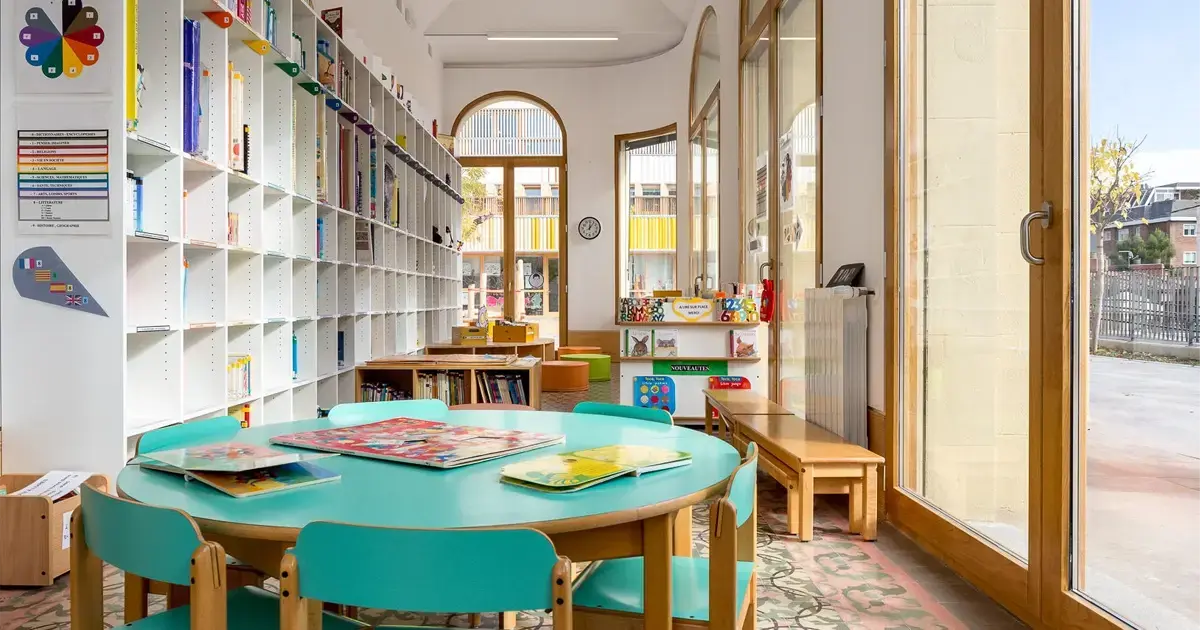
Special Considerations for Expat Families
Choosing Between Local and International Schools
One of the biggest decisions for expat parents is whether to enroll their child in a local school or an international school. Local public or concertado schools are the best choice for families planning a long-term stay in Spain, as they encourage full cultural and linguistic integration. However, this option requires children to adapt quickly to Spanish—or even regional languages—something that may be challenging for older students. International schools, on the other hand, provide continuity with home-country curricula (British, American, IB, French, etc.) and smoother transitions if the family relocates again. The choice often comes down to budget, length of stay, and long-term education plans.
Support for Children with Special Educational Needs (SEN)
Spain’s education system emphasizes inclusion. Public schools are legally required to provide support for children with special educational needs (SEN), including learning difficulties, disabilities, or giftedness. Assistance may include specialized teachers, adapted curricula, and integration programs. While support is available, the level of resources can vary between regions and schools. International schools may offer additional SEN programs, though these often come with extra fees. Families are encouraged to discuss their child’s needs with schools during the enrollment process to ensure proper support.
Regional Differences That Matter
Because Spain’s education is highly decentralized, families will notice regional variations. Language policies are a key factor: in Catalonia or the Basque Country, students are taught primarily in Catalan or Basque, not Spanish. School hours also vary—some regions favor the continuous day model, while others keep the split day. Subsidies for books, meals, and transport also differ depending on the community. These differences mean that your child’s school experience may look quite different depending on whether you settle in Madrid, Barcelona, or Valencia.
The Importance of School Visits
Before making a final choice, it is strongly recommended to visit schools in person. Most institutions organize open days (jornadas de puertas abiertas) in spring, when families can tour facilities, meet teachers, and ask questions. These visits provide valuable insights into the school’s teaching style, community atmosphere, and support systems for expats. For families arriving mid-year, arranging a private tour can help in evaluating whether the school is a good fit.
Navigating Spain’s School System with Confidence
Choosing the right school in Spain is one of the most important steps for expat families settling into a new life. With options ranging from free public schools to prestigious international institutions, the Spanish education system offers flexibility to match different needs, budgets, and long-term plans. Understanding how the system is structured—its stages, languages, enrollment process, and costs—will help parents make informed decisions and ease their children’s transition.
For families planning a long-term stay, local schools can be an excellent gateway to language learning and cultural integration. For those on shorter assignments or seeking curriculum continuity, international schools provide stability and global recognition. No matter the path, visiting schools, preparing documents in advance, and engaging with parent associations are key steps to success.
Ultimately, Spain’s education system is designed to be inclusive, diverse, and adaptable. With the right preparation, expat children can thrive academically, socially, and culturally—making their schooling experience one of the most rewarding parts of family life abroad.
Looking for details about the school calendar? Don’t miss our dedicated article on Spanish School Holidays 2025–2026: Complete Expat Guide, where we break down Christmas, Easter, and summer breaks, plus regional variations and tips for expat families.
